6.18 release notes
January 20, 2022
This page describes release information relating to all Matrix 6.18 versions including patch releases.
New features
The following new features were added in this version of Matrix.
Feature restrictions
A new feature for managing user access to backend UI features is now available in Matrix.
Admins can now easily restrict access to certain Matrix features for users through a new screen available on user group assets called Feature restrictions.
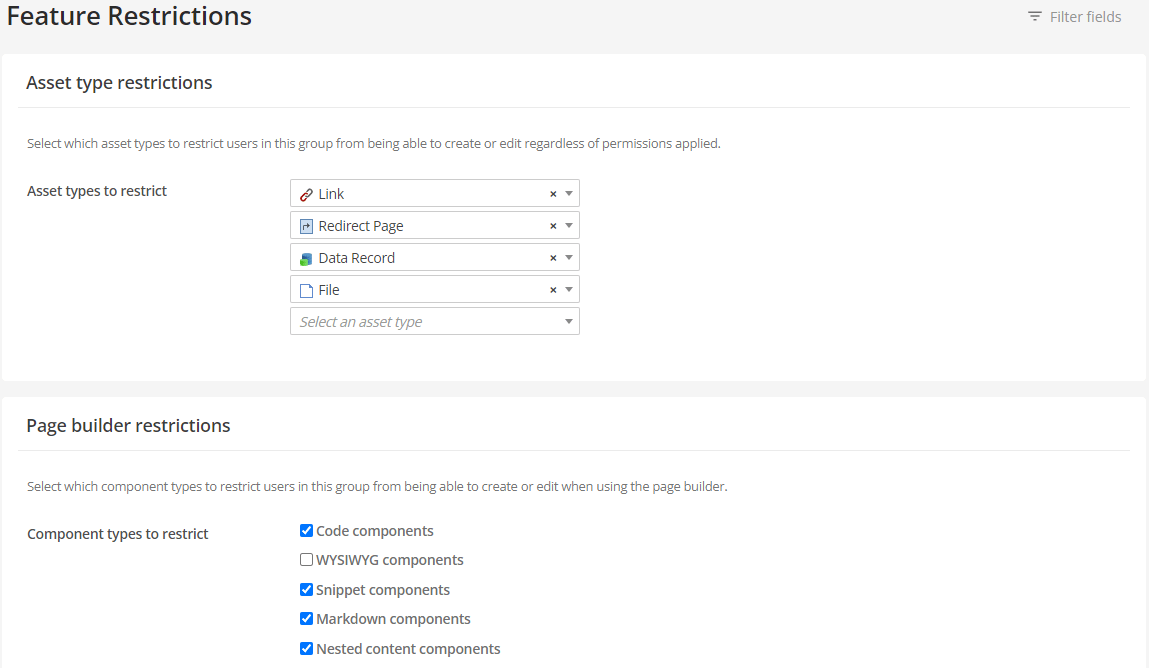
On this screen, you can configure restrictions for four types of features including:
-
Asset types
-
Page builder components
-
Tools
-
Asset screens.
Adding restrictions to this screen will hide and restrict access to those features within the backend UI for all users inside that user group.
| Feature restrictions do not apply to system administrators or root users. |
For example, if you add Redirect page as an asset type restriction, users under that group can not create or edit any assets of that type, regardless of their permission access.
| Content editors and backend users already have a default set of features they can access. Read the Content editor documentation for more details about what assets, screens, and options content editors have. |
This feature makes it easier and faster to invite new users to help manage your CMS because they will not require as much training or understanding of the full Matrix feature set before they can become productive.
Members screen for user groups
A new “Members” screen has been added for User groups that lets Admins easily see all the users of a particular user group, regardless of their hierarchy depth within that group.
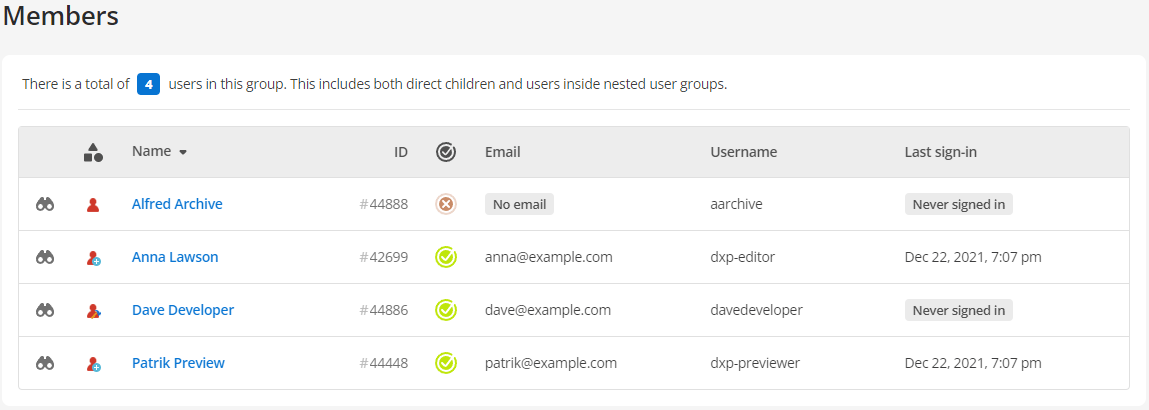
Each user listed on this screen shows you useful high-level information such as their user type, status, username, full name, email address, and the last time they signed in to Matrix.
| Only system administrators have access to the Members screen on User groups. |
This new screen makes it easier for Admins to manage larger user and group sets within a Matrix instance.
Memberships screen for users
To further help manage users and groups, a new “Memberships” screen is also available on User assets.
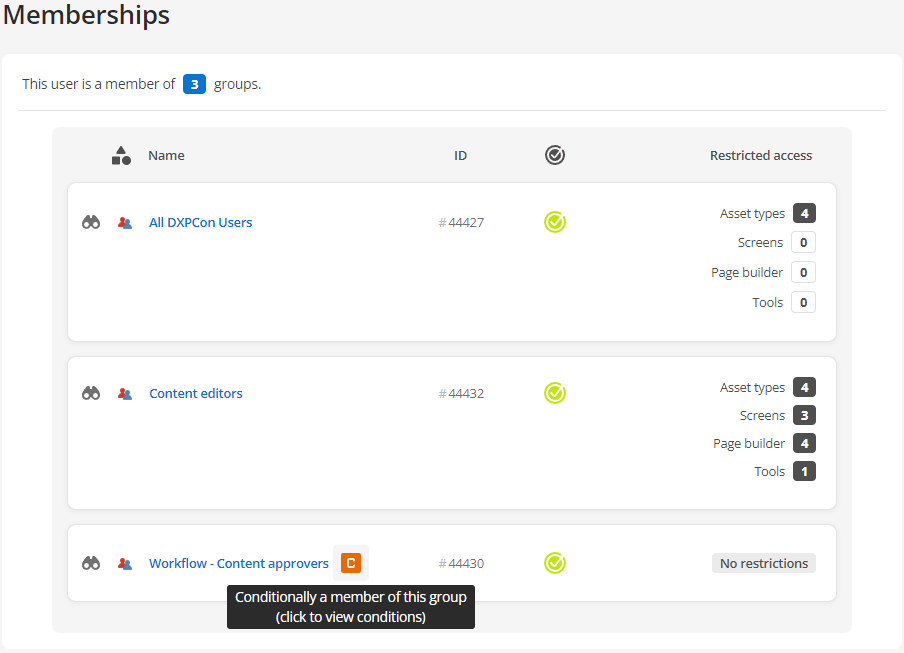
This screen lists all user groups the user is a member of, including directly linked and nested groups.
The list will highlight any groups that have feature restrictions applied. Additionally, the list also highlights user group memberships where certain conditions must be met for the membership to take effect.
This membership visibility makes it extremely quick and easy for admins to make sure a certain user is part of all the correct groups and where feature restrictions and membership conditions are applied as part of those memberships.
hCaptcha form integration
A new spam control feature has been added to Matrix forms that let users easily integrate with the popular hCaptcha service.
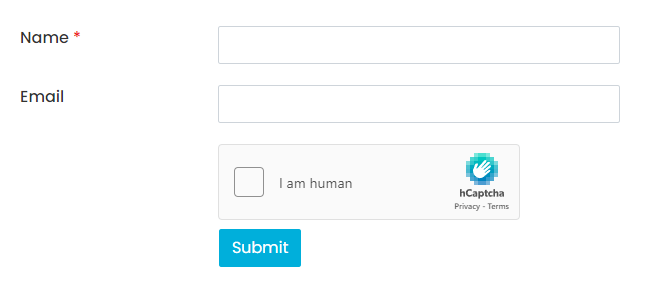
This feature works very similarly to the existing reCAPTCHA forms feature.
You add a hCaptcha Site and Secret key to your Matrix External tools configuration, and then you can start enabling it on forms such as custom forms, asset builders, password reset pages and account managers.
Using hCaptcha on forms enables better protection from bots, spam, and other forms of automated abuse.
Improvements
The following improvements were made in this version of Matrix.
Asset management API improvements
Several new capabilities have been added to the Asset Management API, enabling developers to create more feature-rich applications and solutions that update assets in a Matrix instance.
The following new asset functions are now available through the API:
-
Set asset statuses
-
Delete assets (bypassing the Trash)
-
Create, remove, and update asset links
-
Update date metadata field values
-
Update related asset metadata field values
-
Apply and remove Paint layouts for an asset
-
Apply and remove Metadata schemas for an asset.
Read the Asset Management API documentation for more information about this API.
Asset tree improvements
Several improvements have been made to the Asset tree in the Matrix backend UI, including improved icons, fonts, colors, spacing, and tooltips.
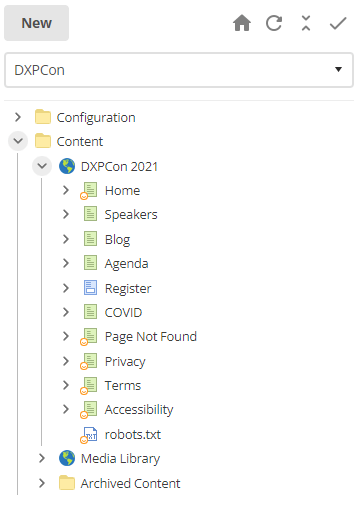
There are now navigation options for screens with tabs on them, so you can go directly to a specific tab of any screen that uses them, such as the recently improved Linking screen.

Short-cuts for moving an asset to the top or bottom position of any tree location parent are now available under the Move…” menu item.
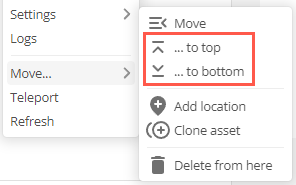
| The menu option has been renamed to to more accurately reflect what that action does. It is now consistent with the terminology used for the same action performed from the Asset linking screen screen. |
The asset position selector for moving, linking, or cloning an asset has also been improved so that it is much easier to select the correct target location.

These improvements make it easier and more intuitive to perform all asset tree tasks for user account types.
Asset syncing automatic refresh
The asset syncing tool has received a UX improvement that makes it more intuitive for developers to sync assets between Matrix environments.
When starting an outbound or inbound sync job, the Sync activity table refreshes automatically and always shows the syncing job’s updated status.
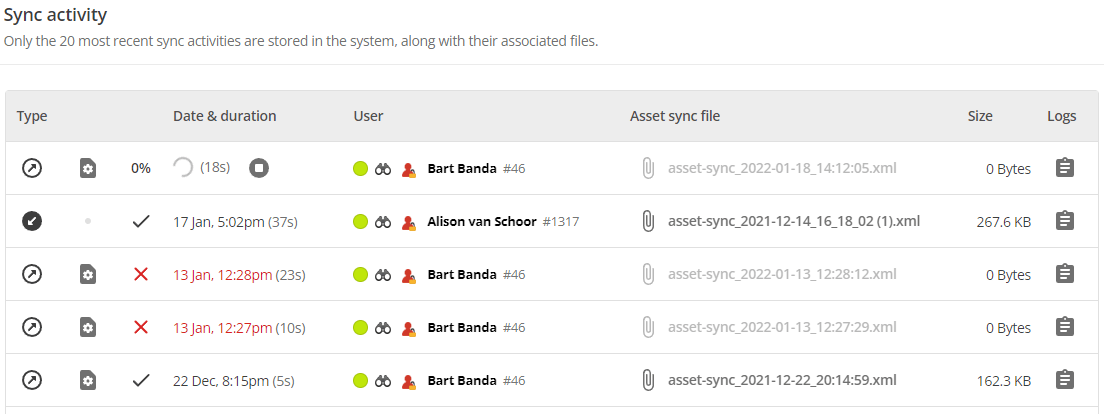
Developers no longer have to manually refresh the screen to see an updated status of their sync job.
WebP image format support for image assets
The popular WebP image format is now supported for image assets in Matrix.
Developers can now use this format for web project development to create smaller and richer images that make their Matrix solutions faster for end-users.
Read more about the WebP image format on the Google Developer website.
If your Matrix instance was created before January 2022, you must add webp to both the Allowed file extensions to upload and the Allowed file extensions for pre-uploaded files lists before this file type can be uploaded and used in Matrix. Read the Global preferences documentation for more information.
|
Important changes
The following important changes apply to this version of Matrix.
Reference report screen moved
The Reference report screen is no longer available as a standalone screen on assets. The screen is now available from the References tab in the Linking screen.
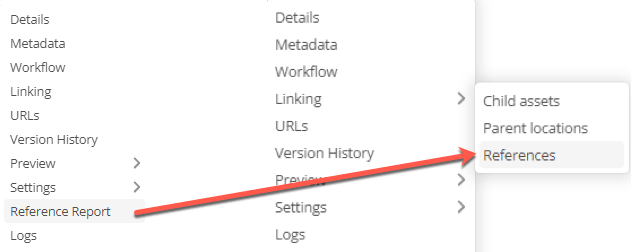
Security restrictions screen deprecated (stage 1)
The Security restrictions screen found on User group assets has been deprecated and will be removed in a future release of Matrix.
This functionality has been replaced with the new Feature restrictions screen available on User group assets.
| It is highly recommended that users delete any existing security restrictions that might be in place for User groups and re-implement similar restrictions on the Feature restrictions screen instead. |
| You will not be able to use the old Security restrictions feature, and the new Feature restrictions feature simultaneously. |
Upon upgrade to this version of Matrix, systems with existing security restrictions on user groups will continue to work.
Bug fixes
The following bug fixes were resolved in the versions listed below.
6.18.0
Matrix bug fixes
-
Fixed a minor layout issue on the Decision tree asset’s Details screen.
-
Fixed a minor layout issue where the Delete checkbox was located outside the user restriction table on the Membership conditions screen.
-
Fixed an issue where entering an asset ID into the WYSIWYG insert image function would not automatically retrieve that image asset’s alt tag text.
-
Fixed several layout issues on the Contexts configuration screen.
-
Fixed an issue where the Save and Edit buttons would sometimes both appear simultaneously on the Contents screen.
-
Fixed an issue where assets could not be edited when archived or unpublished users had set scheduled status changes.
-
Fixed a minor layout issue on the Column layout screen on asset listings.
-
Fixed an issue where the Move to trash shortcut option was incorrectly available on System management assets.
-
Fixed an issue where the asset tree would not automatically expand when you clicked the binoculars for an asset.
-
Fixed an issue where a PHP Notice error message would sometimes display on the Export Assets to XML tool.
-
Fixed an issue where the data search tool would incorrectly show up as an option in the Tools drop-down navigation menu for Content editors.
-
Fixed a UI issue where using the browser forward and back functions would not navigate the user to the next or previous asset they last viewed.
-
Fixed multiple UI issues when accessing restricted tools and screens or non-existent assets.
-
Fixed a minor UI issue on the Preview screen where an error would sometimes briefly appear and then disappear.
-
Fixed several layout issues on the Future permissions section on the Permissions screen.
-
Fixed a minor UI issue where the default screen menu navigation links would not all appear in the screen header even if there was enough horizontal space.
-
Fixed an issue where LDAP content editors would not receive the same level of default restrictions as normal content editor user types.
Asset management API bug fixes
-
Fixed an issue where incorrect status and error messages were returned when an asset did not exist.
-
Fixed an issue where the API did not bypass locks on PATCH requests.
-
Fixed an issue where assets created with no asset name returned a 500 status code.
-
Fixed an issue where assets created with an invalid link type returned a 500 status code.
-
Fixed an issue where SSJS content in the API request is stripped out on creating or updating an asset.
-
Fixed an issue where the API did not allow deleting of exclusively linked assets.
-
Fixed an issue where a PATCH request with invalid metadata returned a 500 status code.
-
Fixed an issue where the API returned a 501 status instead of 403 if the API was not enabled.
-
Fixed an issue where invalid asset IDs returned a 500 status code.
-
Fixed an issue where assets created in the trash returned 500 status codes.
-
Fixed an issue where PATCH requests returned stale data after updating an asset.